Mole Sauce: What Is It, Anyway? A Spicy Sweet Symphony You Can’t Ignore!
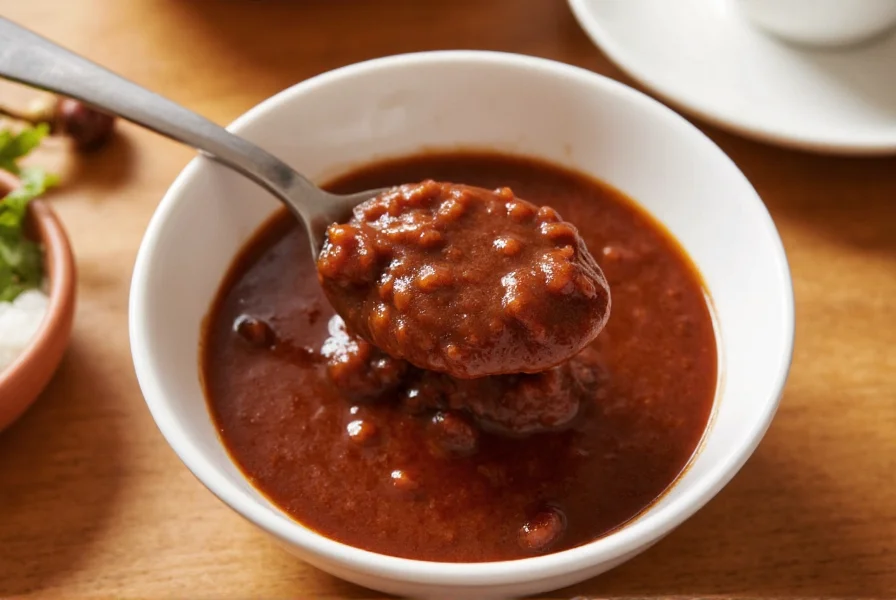
Table of Contents
- What Exactly is Mole Sauce?
- The Many Faces of Mole: From Green to Black Gold
- Inside the Magical Cauldron: Key Ingredients
- How to Make Mole at Home (Without Losing Your Mind)
- Buying Guide: The Best Store-Bought Mole Sauces Reviewed
- Serving Suggestions That Will Make Your Guests Drool
- Frequently Asked Questions About Mole Sauce
- Conclusion: Embrace the Magic of Mole
What Exactly is Mole Sauce?
If you’ve ever heard of Mexican cuisine and wondered what makes it so rich, complex, and utterly unforgettable, the answer might just be mole sauce. Pronounced "mo-lay," this iconic sauce is more than just a topping — it’s a cultural treasure, a culinary legend wrapped in spices, chocolate, and centuries of history.
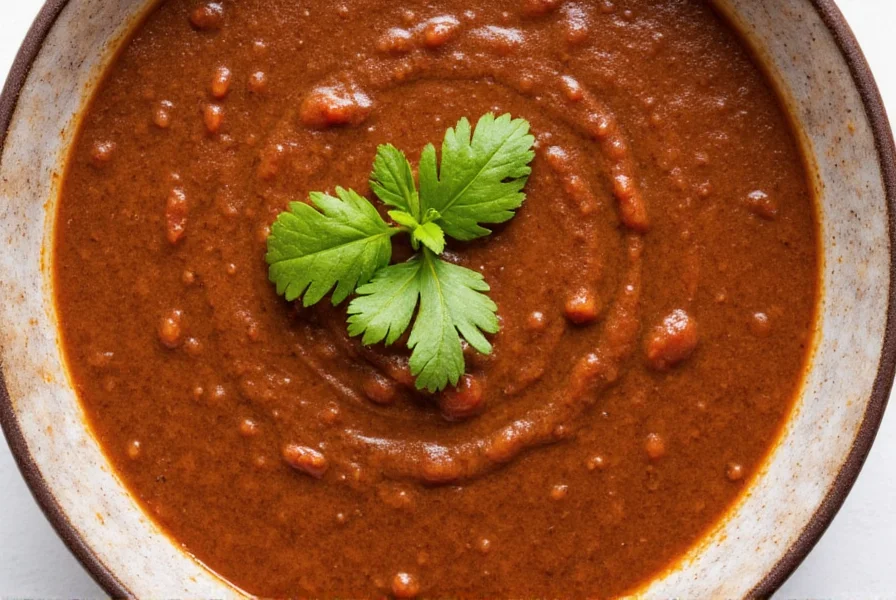
At its core, mole is a thick, complex sauce made from a blend of ingredients that can include dried chilies, nuts, seeds, spices, tomatoes, and yes — even chocolate. But don’t let the mention of chocolate fool you; this isn't dessert. It's an intricate balance of sweet, spicy, earthy, nutty, and smoky flavors that work together like a perfectly choreographed dance.
The Many Faces of Mole: From Green to Black Gold
One of the coolest things about mole is that it's not one sauce — it’s a whole family of sauces! Different regions in Mexico have their own unique versions. Let’s break them down:
| Type | Main Ingredients | Flavor Profile | Best For |
|---|---|---|---|
| Mole Poblano | Dried chilies, chocolate, almonds, bread | Rich, smoky, slightly sweet | Enchiladas, tamales, turkey |
| Mole Negro | Toasted tortillas, plantains, chilies, spices | Deep, almost bitter with spice undertones | Pork or duck dishes |
| Mole Verde | Green chilies, pumpkin seeds, herbs | Fresh, herby, mildly spicy | Chicken or fish |
| Mole Amarillo | Yellow chilies, sesame seeds, garlic | Spicy and slightly tangy | Oaxacan-style tacos |
| Mole Almendrado | Almonds, cinnamon, raisins, chilies | Sweet and nutty with heat | Stuffed poultry dishes |
Inside the Magical Cauldron: Key Ingredients
So what exactly goes into making mole sauce? Think of it as a flavor symphony — each ingredient plays a role in building that signature depth:
- Dried Chilies: Ancho, pasilla, mulato — these are the backbone of most moles, bringing mild to moderate heat and earthy tones.
- Chocolate: Usually unsweetened or semi-sweet, it adds richness and balances out the spiciness.
- Nuts & Seeds: Almonds, peanuts, pumpkin seeds add body and a buttery mouthfeel.
- Tomatoes or Tomatillos: Adds acidity and brightness to cut through the richness.
- Spices: Cinnamon, cloves, anise, cumin — these are the secret weapons that elevate the flavor.
- Bread or Tortillas: Used to thicken the sauce and add texture.
- Optional Add-ins: Raisins, plantains, or even avocado leaves for extra flair.

How to Make Mole at Home (Without Losing Your Mind)
Cooking mole might seem intimidating at first, but trust me, once you get the hang of it, you’ll wonder why you waited so long. Here’s a simplified version of how to make classic mole poblano:
- Toast the Chilies: Lightly toast ancho, mulato, and pasilla chilies to bring out their flavor. Remove the stems and seeds to control the heat.
- Roast the Rest: Toast onions, garlic, tomatoes, and nuts/seeds until fragrant.
- Blend Everything: Combine all roasted ingredients with broth, chocolate, and spices. Blend until smooth.
- Simmer Low and Slow: Cook over low heat for 30–45 minutes to let the flavors meld together. Stir often.
- Taste & Adjust: Taste for salt, sweetness, or spice and tweak as needed.
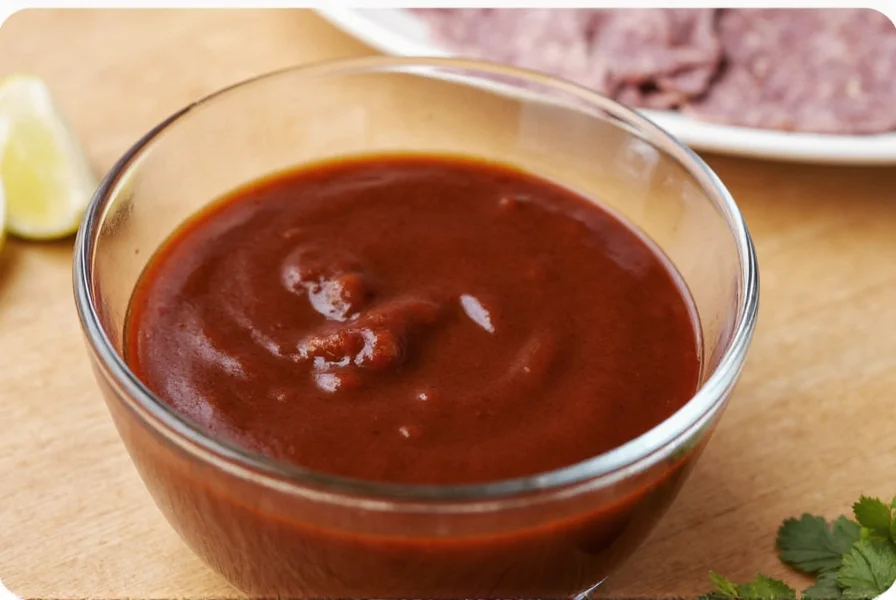
Pro Tips for Perfect Mole
- Use chicken or vegetable stock instead of water for deeper flavor.
- Don’t skip toasting — it unlocks the aromas in the ingredients.
- Strain the sauce for a smoother texture if serving fancy-style.
- Make ahead! Mole tastes better the next day after resting overnight.
- Store it in the freezer — it lasts up to 6 months!
Buying Guide: The Best Store-Bought Mole Sauces Reviewed
Let’s be real — sometimes we just don’t have 3 hours to make homemade mole. That’s where store-bought options come in handy. Here’s a roundup of some top picks based on taste, convenience, and versatility:
| Brand | Type | Key Features | Best Use |
|---|---|---|---|
| La Costeña | Mole Poblano | Thick consistency, balanced flavor, no artificial additives | Turkey, tamales, enchiladas |
| Goya | Mole | Easily available, shelf-stable, moderately priced | Weeknight dinners |
| Dona Maria | Mole Rojo | Smooth texture, slightly sweeter, kid-friendly | Tacos, burritos, rice bowls |
| Los Portales | Mole Poblano | Restaurant-quality, rich, complex | Special occasions |
| Rancho Gordo | Mole Negro Kit | Premium ingredients, DIY approach, authentic experience | Foodie gift or weekend project |
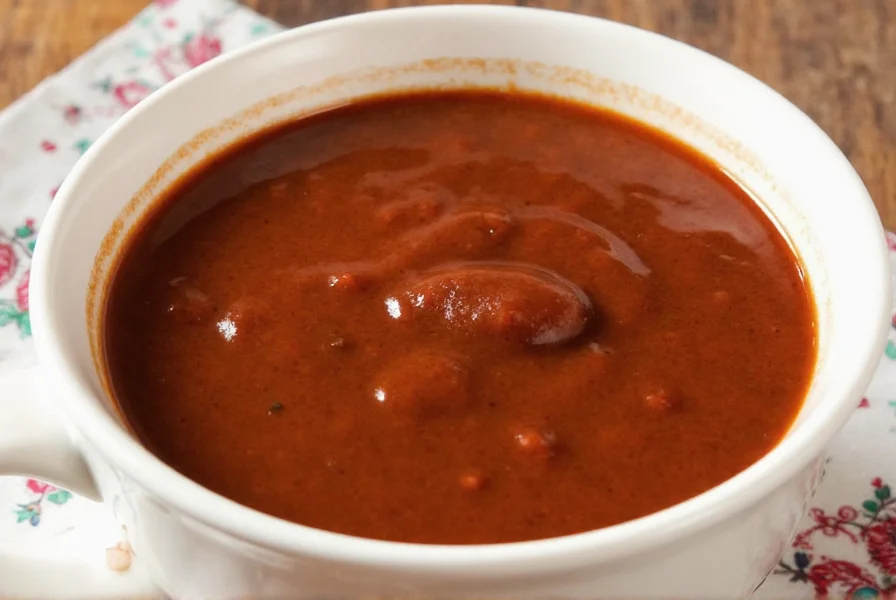
What to Look for When Buying Mole
- Ingredients List: Shorter is better. Avoid preservatives, artificial colors, and high fructose corn syrup.
- Texture: Should be thick but not gloopy. If too thick, thin with a little broth or water.
- Regionality: Want authenticity? Go for brands from Oaxaca or Puebla.
- Heat Level: Check labels for spice level unless you want a surprise on your tongue!
Serving Suggestions That Will Make Your Guests Drool
Mole is versatile, bold, and ready to shine in many ways beyond just pouring it over chicken. Try these fun twists:
- Mole Tacos: Spoon over slow-cooked pork or grilled veggies for a flavorful taco night.
- Mole Enchiladas: Roll up cheese or chicken, pour mole on top, and bake until bubbly.
- Mole Eggs: Yes! Drizzle over scrambled eggs or huevos rancheros for a morning twist.
- Mole Quesadillas: Mix mole with shredded chicken and cheese inside a crispy quesadilla.
- Mole-Marinated Meats: Use as a marinade for grilled chicken or beef before cooking.
- Mole Rice Bowls: Pour over rice with roasted veggies and beans for a quick, satisfying meal.
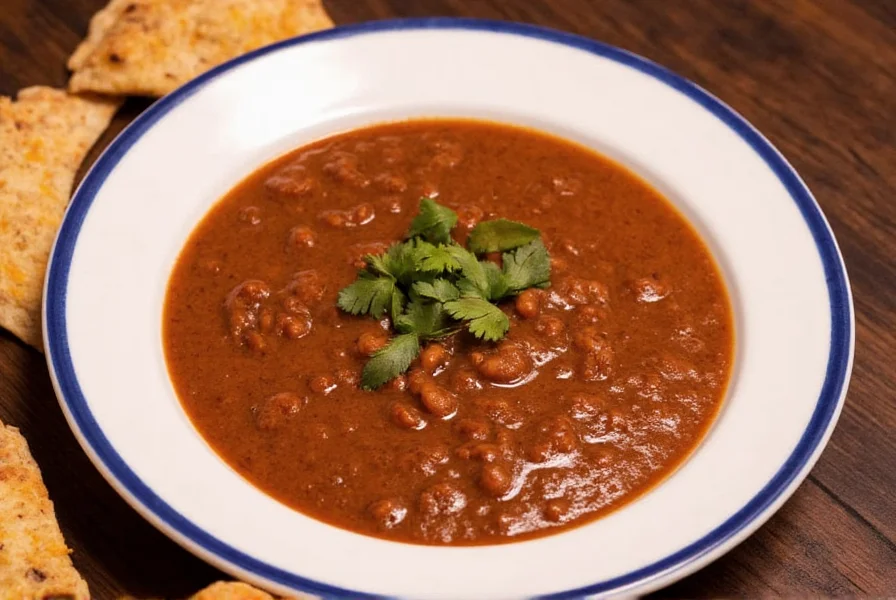
Frequently Asked Questions About Mole Sauce
Still got questions? Don’t worry — you’re not alone. Here are answers to some of the most common mole-related queries:
Is mole sauce always spicy?
Nope! While chilies give mole its base, the addition of chocolate, nuts, and spices helps balance the heat. Most traditional moles are mildly to moderately spicy.
Can I make vegan mole sauce?
Absolutely! Just skip the dairy-based chocolate and use dark chocolate or cocoa powder. Ensure the stock used is vegetable-based.
Does mole contain peanuts?
Some recipes do include peanuts, especially in certain regional variations like mole de cacahuate. However, most traditional moles use sesame or almonds instead.
Why does mole take so long to cook?
Mole is all about developing layers of flavor through roasting, blending, and simmering. This slow process allows the ingredients to fully marry together, creating that deep, nuanced taste.
Can I freeze mole sauce?
Yes, mole freezes beautifully! Store it in airtight containers or ice cube trays for easy portioning. It keeps well for up to 6 months.
Conclusion: Embrace the Magic of Mole
Mole sauce is more than just a condiment — it's a celebration of culture, flavor, and tradition. Whether you're making it from scratch or grabbing a jar off the shelf, mole brings a unique depth and complexity that can transform any dish into something truly memorable.
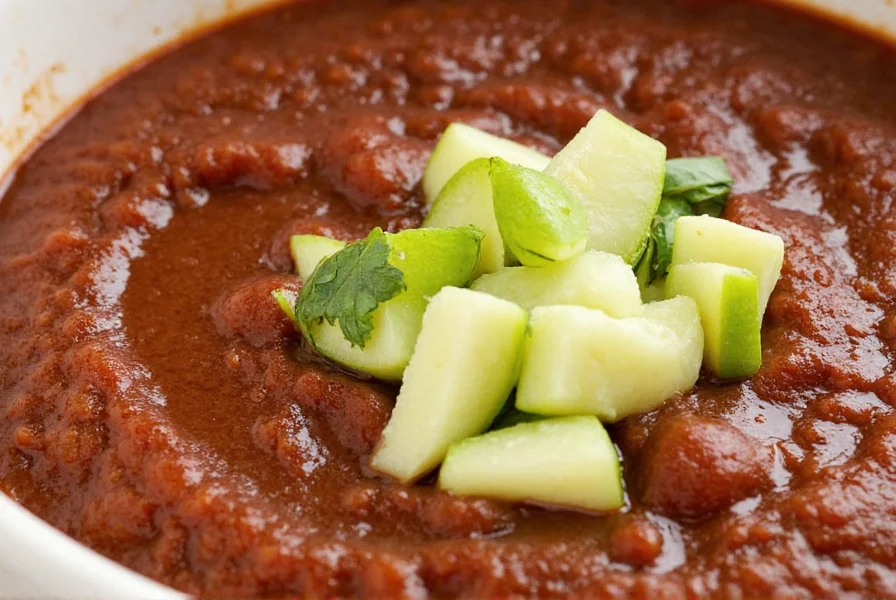
From its mysterious origins to its modern-day adaptations, mole remains one of the crown jewels of Mexican cuisine. So go ahead — embrace the magic. Try a recipe, pick up a new brand, or experiment with unexpected pairings. Your taste buds will thank you, and who knows? You might just fall in love with mole — just like generations before you.

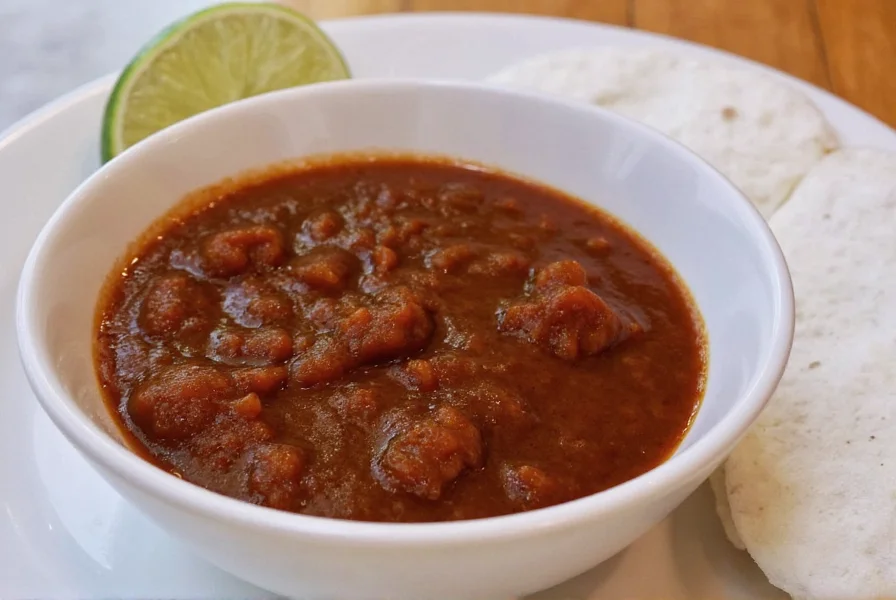









 浙公网安备
33010002000092号
浙公网安备
33010002000092号 浙B2-20120091-4
浙B2-20120091-4